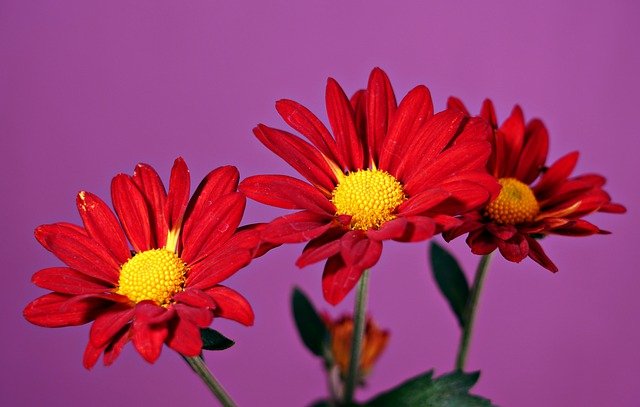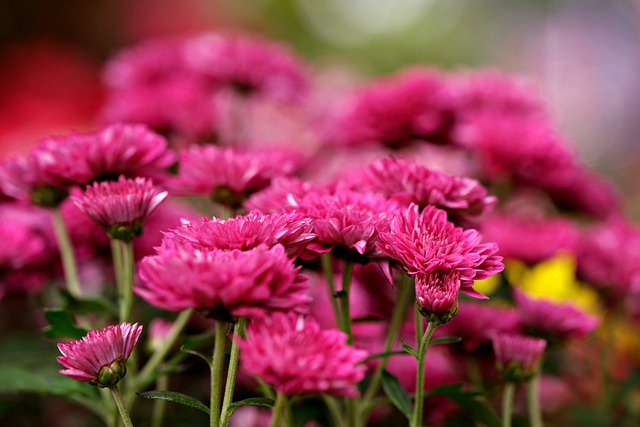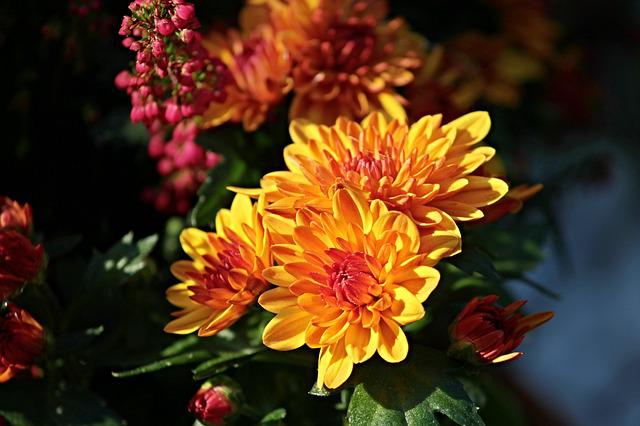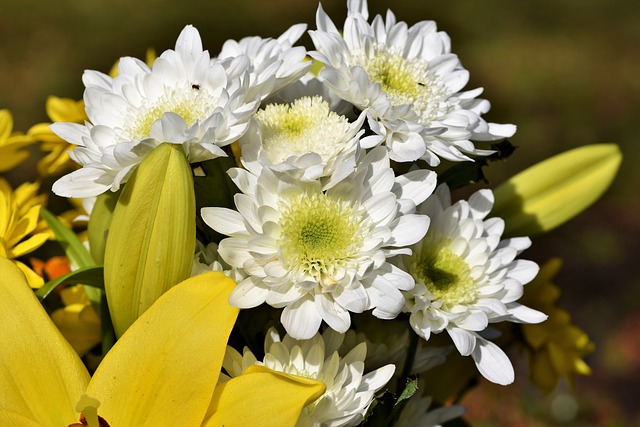Can Chrysanthemums Grow in Shade? Ideal Light Conditions for Mums

Mums thrive in direct sunlight but can tolerate some shade. Generally, plants planted in full sun will produce the most flowers. In warm climates, though, plants frequently welcome afternoon shade. Mums set buds according to day length, so avoid exposing them to harsh nighttime light from a patio, window, or streetlight.
Table of Contents
Ideal Light Conditions for Chrysanthemums
It is essential to consider the ideal growing conditions for each plant in your houseplant collection or garden before adding any new plants, whether they will be kept inside or outside. This will ensure that your plants continue to be healthy and happy.
Chrysanthemums are sun-loving flowers that thrive best in direct exposure to the sun’s rays, regardless of whether they are grown indoors or out. They may be able to survive in a location that receives some indirect sunlight, but they will thrive in an area that is exposed to at least some full sunlight for the majority of each day. The standard benchmark is usually set at six hours, but in many cases, more is preferable.
If you want to grow mums in your yard but don’t have any spots that get full sun, you should plant them in a location that gets light that is bright and direct in the morning and early afternoon.
When Chrysanthemums Do Not Receive Sufficient Sun
If you are concerned that your garden will not receive enough sunlight for chrysanthemums to thrive, it is worth a try.
As long as your mother plant receives several hours of intense, direct sunlight per day, it should be able to survive and bloom.
However, remember that these ornamental flowers require intense sunlight and should not be planted under trees or in other shaded areas.
To truly flourish, your plants require a minimum of six hours of direct sunlight daily, although they can survive with less.
Several signs could indicate that your mums require more sunlight, the most obvious of which is that they are not producing many flowers.
Your mums require the sun’s energy to produce their signature flowers; without sufficient sunlight, you can anticipate a shortage of blooms.
Even if they don’t stop producing flowers entirely, your chrysanthemums may begin producing smaller flowers less frequently and with less vibrant hues than usual. They may even begin to die or turn brown.
Your plant may compensate for the lack of floral growth by growing itself more. Observing tall, lanky shoots with few flowers indicates that your flowers require more sunlight.
Consider relocating them to an area of your garden that receives more sunlight if you observe these symptoms, or simply replant them in a pot or planter that you can move to a sunnier location if you don’t have a garden.

Heat Zones, Hardiness Zones, and Chrysanthemum Adaptation
It is imperative to consider hardiness zones when choosing plants that will thrive in your garden and climate.
For instance, the flowers that thrive in Florida are unlikely to survive in Minnesota, as the ideal growing conditions in these two regions are entirely different. Most plants that thrive in Southern California would perish in the harsh winters of the Midwest.
The hardiness zone of a plant indicates its ability to survive the winter. Chrysanthemums can grow in hardiness zones 5 to 9. This means they can survive temperatures as low as -20°F in the winter and as high as 30°F in the summer.
This wide temperature range demonstrates how tolerant chrysanthemums are and how adaptable their growing conditions can be. But what does this suggest about the amount of sunlight mums require?
Similar to the USDA hardiness zones, which indicate the cold resistance of plants, the American Horticultural Society’s heat zone map indicates the highest temperatures your plants can tolerate.
Similar to how Florida plants would not be able to survive Minnesota’s harsh winters, many Minnesota plants would not be able to survive Florida’s scorching summers.
The heat zone map of the American Horticultural Society divides the United States into 12 sections based on the average number of days per year when temperatures exceed 86°F.
A Comparison of Hardiness Zones for Plants Preferring Full Sun vs. Partial Shade
For the most part, mums are hardy perennials that can thrive in USDA plant hardiness zones 5 through 9. What does that imply, and how does one know whether a given area should be in the sun or shade?
A plant’s hardiness zone can tell you a lot about what kind of care it’ll need. But it’s not the only thing you need to consider if you want your plant to thrive.

Types of Climate and Their Explanations
A plant’s hardiness zone determines which plants can survive in a given climate. There are 13 plant hardiness zones in the US, each further subdivided.
Based on annual minimum winter temperature averages, the United States is divided into 13 Hardiness Zones, each of which has a temperature range of 10 degrees.
How well chrysanthemums will do in your garden depends on your knowledge of the hardiness zone in which you live.
Mums may not do well in your garden if you don’t fall within the hardiness zone 5-9. Yet, try not to be too downcast. However, during the warmer months, you can still enjoy the floral chrysanthemums for their indoor color and bring them outside in planters.
The USDA developed the Plant Hardiness Zone map to help citizens identify which hardiness zone they belong to based on their postal code. If you’re wondering if garden mums will do well in your area, this is the place to look.
Conclusion
Chrysanthemums are sun-loving plants that can withstand harsh winters and hot summers, making them resilient and simple to cultivate.
Each day, mums require an average of six hours of direct sunlight. As long as the heat does not kill them, they will typically bloom even more if they are in an area that receives more than six hours of direct sunlight.
Hardiness zones and heat zone maps provide a great deal of information regarding the ideal temperature conditions for your plants. Still, additional factors to consider if you want your plants to flourish.

